
The decomposition of organic matter in municipal solid waste inevitably generates odor pollution. The main sources of odor come from waste disposal vehicles during unloading and from waste stored in the bunker, releasing gases such as hydrogen sulfide (H₂S) and ammonia (NH₃).
The following measures can be taken to control odor at incineration plants:
1.Since waste itself has an odor, odor along transportation routes cannot be entirely excluded. To minimize this, sealed vehicles with automatic loading and unloading structures are used for waste transport.
2.After waste trucks enter the plant, they unload waste into the bunker through discharge doors. These electric lift doors are operator-controlled and closed immediately after unloading to ensure the bunker remains sealed.
3.An air curtain is installed at the main entrance of the unloading hall to prevent odor escape.
4.The waste bunker is sealed, with fan suction inlets positioned above it to maintain negative pressure in both the bunker and the unloading hall. This not only effectively controls odor release but also directs odorous gases as combustion air into the incinerator, where they are thermally broken down at high temperatures.
5.Planting tall trees around the plant site to reduce impact.
6.During full plant shutdowns for maintenance, odor from the bunker is treated through an activated carbon exhaust purifier before being released outdoors. Regular monitoring of outlet odor concentration ensures compliance with national standards, and activated carbon is replaced promptly when limits are approached. Spent carbon is incinerated with municipal waste.
7.The leachate treatment system is enclosed, with a biogas guide pipe on top directing odorous gases and biogas back to the waste bunker via an exhaust fan.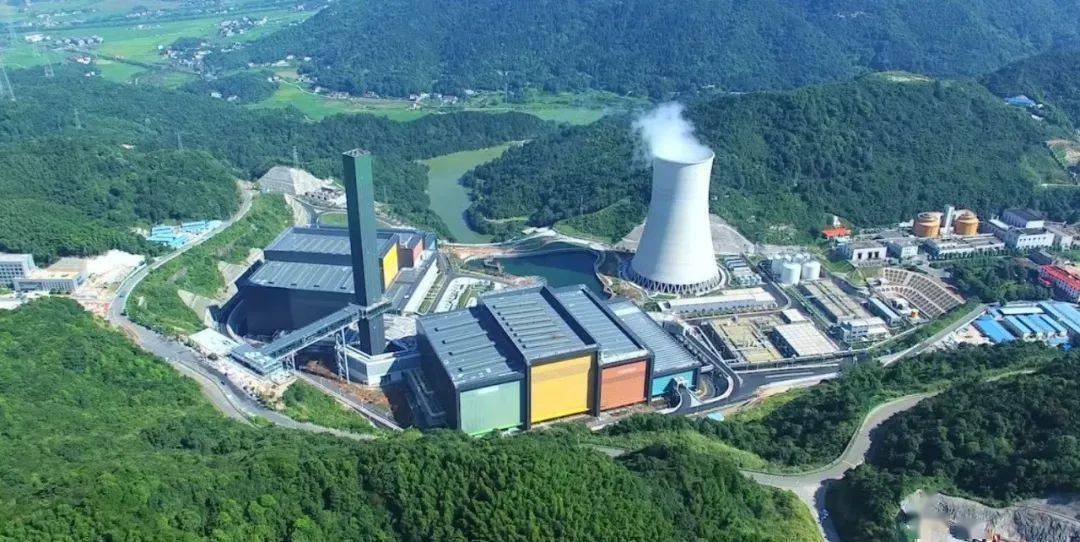
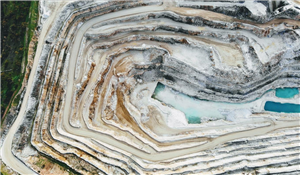
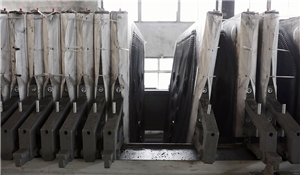

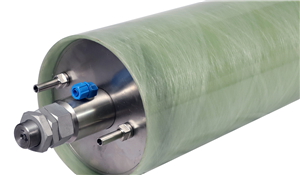



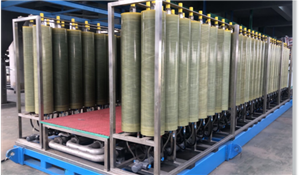
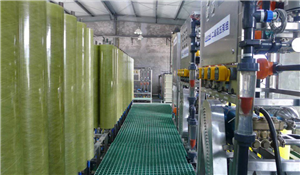
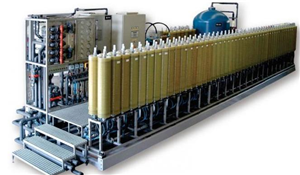


Henan Yuanhede Industrial Technology Co., Ltd.
East Industrial Park, Yuzhou City, Henan Province, China.
(+86)139 3822 7726
info@yhdegroup.com
www.yhdegroup.com